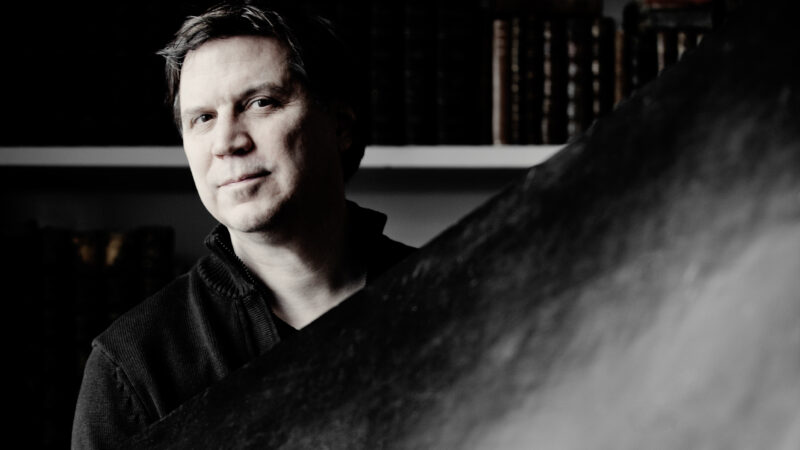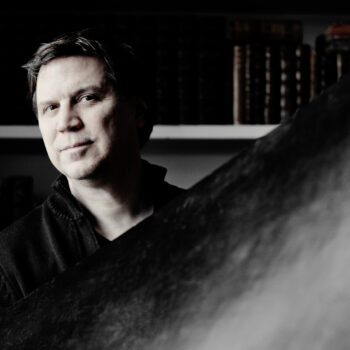
Harpsichord Course – French baroque music and décor
Sat 3rd Aug 2024 (archive)
SS24

French baroque music and décor
Skip Sempé – harpsichord
French chamber music of the Baroque period is one of the most important European decorative arts. The structure of the décor is that of the dance and expressive movement. The unfolding of events of the greatest variety is the key to the success of this exotic genre of musical composition in which virtuoso intimacy becomes the vehicle of both the composer and the interpreter.
Each age of composition and interpretation has its own especially developed manner of tempering agility with fragility. In the realm of decorative art, the magical conveyance of ephemeral imagery is the element that makes musical performance a one‑time event par excellence. The listener is invited to participate fully in the musical experience. In the Parisian salons of the seventeenth and eighteenth centuries, this participation was one of ease and familiarity. In solo and chamber repertoire, the projection of lute, harpsichord, and viola da gamba results from direct contact with their powerful sonorities. In France, this worship of instrumental sonority as reflected in the composition itself was cultivated as late as Chopin, the last in the great line of keyboard composer‑virtuosi reaching back to Chambonnières and the great eighteenth‑century clavecinistes.
A concept of relative energies in performance is essential to French Baroque music. The elegance and refinement generally considered to be “good taste” are clarified and defined by a certain energy level in performance: the levels of contrast must be made evident before the listener is able to appreciate and enjoy. This is achieved by leading the ear about and “detouring” it with surprises. As Royer remarked in the preface to his Pièces de clavecin, “one can go from very soft effects to the loudest possible noises, even in the same piece”. Through interpretive adventures that include, above all, the systematic avoidance of system (such as uniform accents and beginnings and endings of phrases), the structure of the music becomes a memory (or souvenir) of a particular performance or interpretation, rather than a point of departure for analysis and argument.
There are no substitutes for action and expression in music that is specifically conceived to unite composition with interpretive performance. The idea of “non – interpretation” developed by certain specialists of the last few decades is a particularly debased tradition. It is the unwillingness either to unite or separate profanity from profundity that has caused the grave misunderstanding and subsequent misinterpretation of certain earlier repertoires. Perhaps many later interpreters have steered away from the supposedly elusive French Baroque repertoire precisely due to the fact that its analysis has more to do with function than with form. This does not mean that the music is without form, or that the form is in some way poorly organized or obscure. But one must constantly be aware of the decorative ideal behind the conception and construction of the music in order to present it in a provocative way.
Skip Sempé
